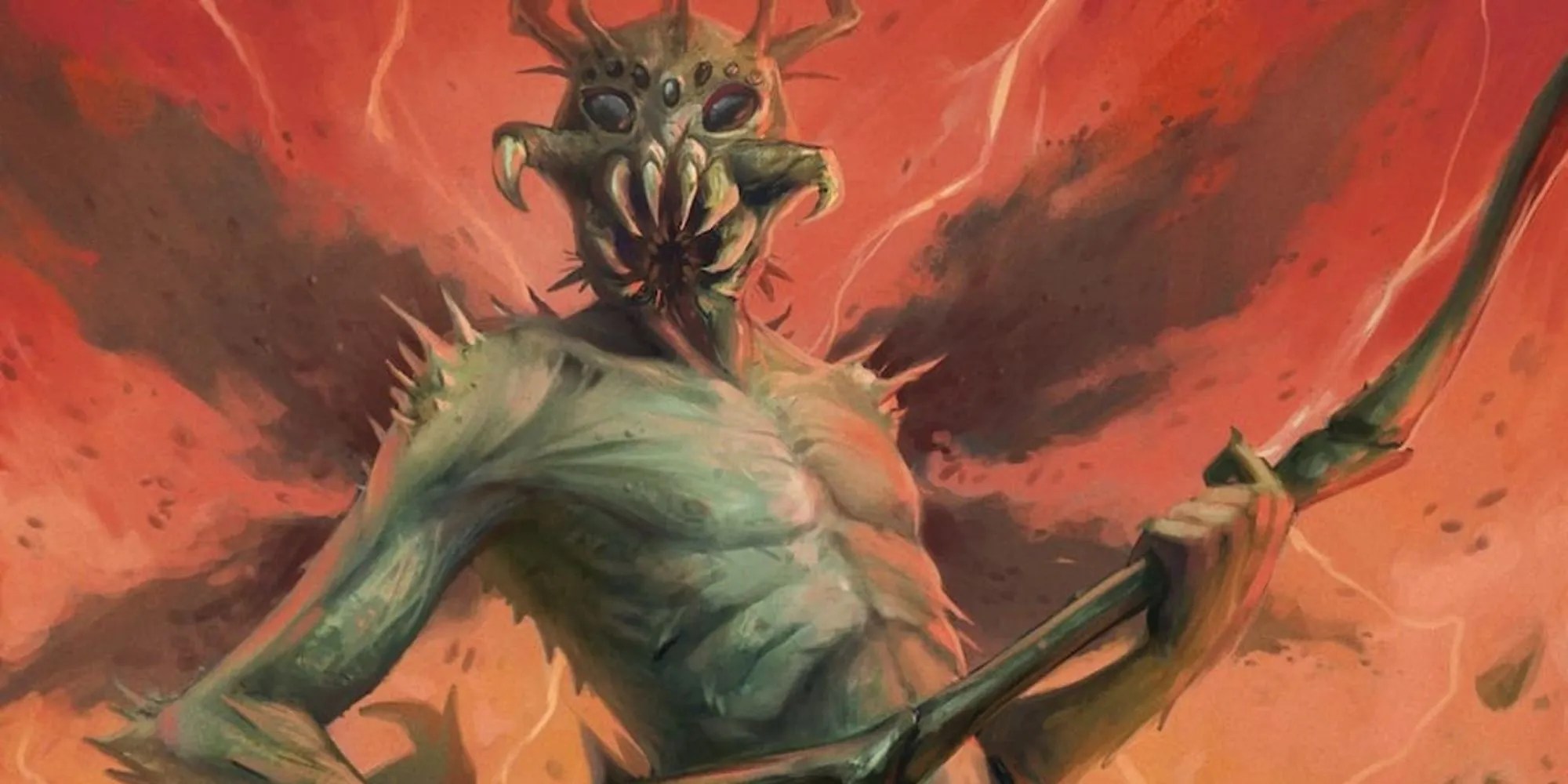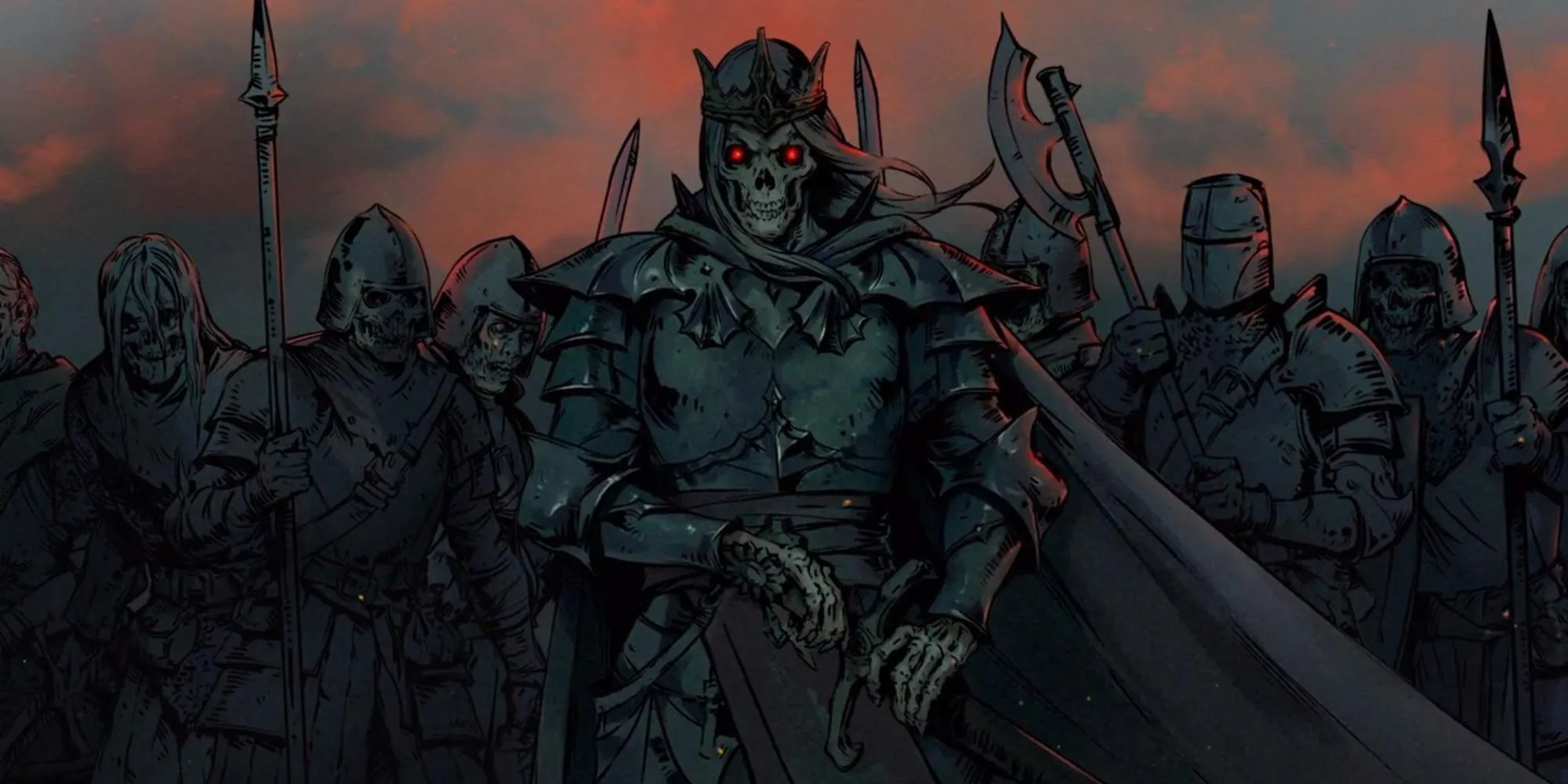Pathfinder: Wrath of the Righteousis headed down the right path. It’s one of the latest flagbearers of the CRPG genre which sorely needs a strong entry right now sinceBaldur’s Gate 3seems to be taking its sweet time. For the most part,Pathfinder: WOTRhits its high notes. It’s a grand good versus evil adventure with significant and substantial branching choices.
RELATED:Best RPG Games Based On Anime
Players can even go crazy and become villains if they want. Of course, just as players are given the choice between good and evil generously, they’re also given a good and bad game in equal doses.Pathfinder: WOTRis not perfect, after all, and there’s also plenty to dislike about this CRPG. One would want to consider both sides of the argument before committing to the game.
10Loved: The Mythic Paths
Pathfinder: WOTRis obviously based on the tabletop RPG of the same name but it makes its own tweaks to the formula, namely the Mythic Paths. These are theendgame paths paid out for the players based on their decisions and efforts.
It represents certain player or playstyle archetypes and guides players in their ascent to demi-godhood as they become the most powerful savior or destroyer in the game world. It’s amore organic progressionmechanic that doesn’t rely on trinkets or overpowered weapons. Thus, subsequent playthroughs are more exciting.

9Didn’t: Dumbed-Down Evil Choices
With that said, it seemsPathfinder: WOTRhas a preferred playstyle for many players. That would be the good path, which is narratively the cleanest way to play the game. Theevil choices, particularly the dialogue options are all too simple or boorishto appeal to any player who might be accustomed to smarter villains in the lawful evil alignment.
RELATED:Best MMORPGs Without Subscription Fees
Themajority of the evil choices involve abruptly killing who the players are talking to. If anything, players are merelyforced to play chaotic evilinteractions if they want to deviate from the good path. How that culminates into being a sinister evil genius of a necromancer can be baffling.
8Loved: Class Diversity
To counterbalance the rather unimaginative dialogue morality choices inWOTR, the game presents players with a buffet of options for character creation. There’s a dizzying number of classes (25 main ones) in the game and more specialized ones for experienced players.
Each of them offers a unique style that will surely change how playersapproach combator even the environments. Moreover, each of the25 main classeshas aroundsix subclassesfor more personalized and nuanced character quirks. It all adds up to amazing replay value.

7Didn’t: Bare Aesthetic & Gear Customization
One inherent problem with thePathfindergames or just about most CRPGs based onD&Dis that they don’t offer much in the way of gear customization.Most of the items in the game are standard or not unique. Don’t expectPillars of Eternity-levels of item variety here.
RELATED:MMORPGs With The Best Storytelling, Ranked
Most special items only add around single-digit points of damage.Armor is also unimaginative. It’s best not to set expectations and goals around obtaining stylish or powerful gear here. Character progression hinges more on abilities and stats than anything else.
6Loved: Lengthy Gameplay
What we have here is anRPG trademarkdone well. As longer RPGs tend to be packed with content and have stellar replayability. Players can then expecthundreds of hours of gameplay, especially if they want to try multiple classes or other narrative paths.
Even a single or first playthrough can easily consume dozens of hours of gameplay. Players have the dialogue to thank for that. Exploration also plays a big part asWOTRfeatures several locales and a big citythat players can also modify based don’t their decisions.

5Didn’t: Black & White Story
Good and evil battles are so 2000s. At least, that was the more prevalent RPG plot back that decade. Thanks to recent subversivemedia tropes, most RPGs tend to incorporate a grey area where most decisions are morally ambiguous. Such was the case withWOTR’s predecessor,Kingmaker.
RELATED:JRPGs On Steam With The Best Combat System, Ranked
Apparently, thedevelopers took a step back and retreated to the old heaven vs hell trope. That did make for easier programmingof RPGchoice consequences since there are only fundamentally two outcomes butthe story tends to suffer as a result. Chances are, most players have probably heard or read something too similar.
4Loved: Turn-Based Mode
The firstPathfindergame,Kingmaker, forced players into real-time combat mode which for many players, is a little too awkward to use especially when planning out combat tactics. More tactical players tend to pause too much anyway, soWOTRchose the more thoughtful design and included aturn-based combat mode.
This provided players with the opportunity to carefully plan out their attacks and positioning. It’s alsocloser to the tabletop experience. Turn-based mode is thus recommended forbeginner playerswho want a slower encounter process to learn the ropes.

3Didn’t: Bugs & Glitches
As with many titles that just got released,WOTRis also rife with bugs and many other technical problems. These can rangefrom performance issues to weird programming anomaliesthat might even break some save files. Crashes are also prevalent, along with some malfunctioning AI.
RELATED:Nintendo Switch RPGs You Should Play If You Love Cyberpunk 2077

Players can expect this problem to be fixed relatively immediatelyas time goes by and more consumer feedback is sent back to the developers. For the time being though, just be wary that the game has some frustrating technical issues.
2Loved: Fleshed-Out CRPG
Even with all the bugs and some of the thematic shortcomings, most CRPG fans will simply be happy that another competent game in the genre exists. Truth be told, the CRPG genre isn’t as popular as it used to be, this might have led to a slump in innovation and intuitiveness.
With the critical success ofWOTR, the CRPG genre is slowly getting back on the map. Besides, any game based on a ruleset inspired byD&Dor just about any tabletop RPG is always bound to be an engaging experiencefor roleplaying.

1Didn’t: Crusade Management
Speaking of innovation, thePathfindergames have always tried to add something to the formula. Something more than adventuring with a party. InKingmaker, it’s the kingdom management mode. InWOTR, it’s crusade management. Sadly,the sequel’s side activity didn’t live up to its predecessor’s quality.
Crusade management inWOTRis incomplete, unfairly difficult, and feels tacked on. Hence, many players resorted to automating it, which is the closest option to turning the gameplay aspect off. This might improve in the near future but whether that’s enough to clear the initial bad taste remains to be seen.

Pathfinder: Wrath Of The Righteouswas released in 2021 and is available on PC, PlayStation 4, and Xbox One.
MORE:Action RPGs To Play If You Love Darksiders 3


